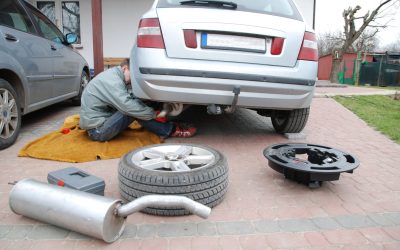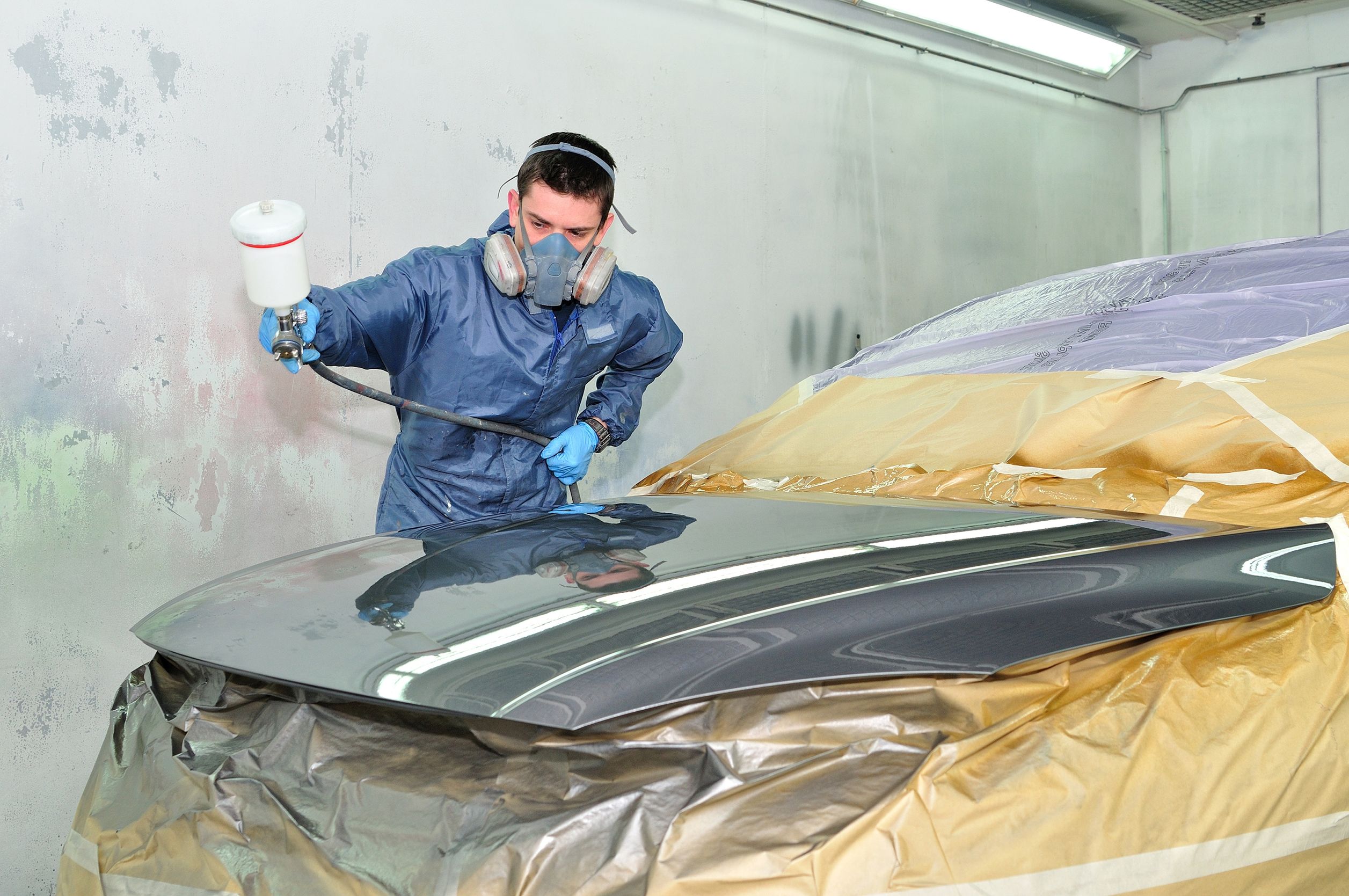Collisions are all too common. Not only are they the direct result of the leading cause of death in the world – car crashes – but they also cost an average of $820 per person as per the Association for Safe International Road Travel. Even when you’re among the lucky ones who come away unscathed, car crashes always result in damage to the vehicle.
Reversing that damage takes an expert who knows your car, knows your model, and knows how best to spend your money without losing cost-efficiency or cutting corners that could potentially jeopardize you in the future.
That delicate balance is what being a qualified and reputable provider of collision repair services – like BJs Auto Theft Repair – is all about. However, not all repair services are equal. Some put more emphasis on the quality of their work, while others prefer to speed things up, at times at the detriment of their quality.
In order for you to understand why it may take long to repair a car without wasting resources or time, and thus choose the better service, you have to first understand the process.
Estimate and Teardown
Step one after a collision is the estimate. An expert comes in to determine the extent of damage caused to the car, typically based on information known about the car accident itself, the car’s make and model, and the visual indicators of damage. Once a rough estimate has been made to the insurers, the teardown process begins.
During teardown, the state of every car part is documented and recorded, and the necessary replacement parts are ordered.
Repair and Refinish
The final trade secret aspect of the repair process involves the repairing of a car’s structure and body, including any necessary replacements and installations. Once the repair work is completed, each part is refinished and repainted as per factory specifications.
Reassembly and Detailing
The last step is to reassemble each car part and to perform the necessary rewiring work, making sure that the electrical components of the car function properly, and ensuring that your airbags go off properly.
With the final step complete, a last inspection will ensure that you’re good to go, and the repair job is complete.








